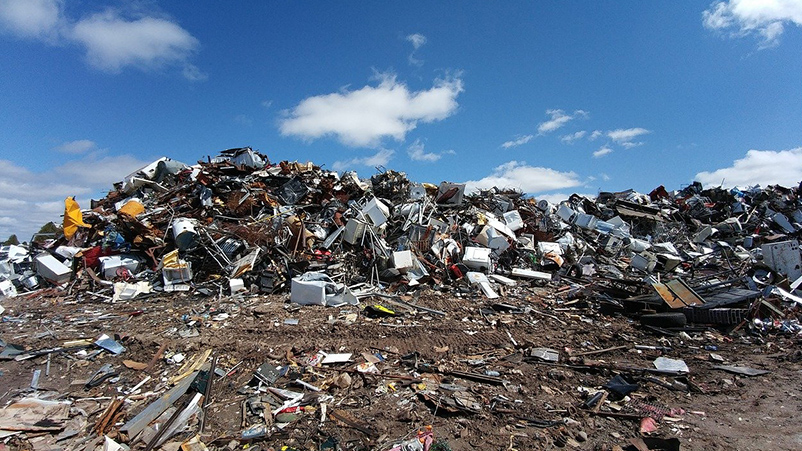Recycling: where to from here?

Recycling in Australia is at a crossroads and taking the best path relies on the best information.
To date, recycling in Australia has been a world success story. Australia’s newspaper recycling rate, for example, has been among the best in the world for the last two decades and currently sits at 74 per cent. This result has been achieved without legislation and with the commitment of Australia’s publishers and newsprint manufacturer.
But recent changes are making all industries rethink recycling.
China, traditionally the home of 70 per cent of the world’s exported recyclables, has tightened its quality standards and announced it intends to stop all imports of waste from 2020. Other countries are following suit.
The economics of household recycling collections has been impacted and some collections and sorting facilities, such as SKM in Victoria, have failed. At the same time the market economics for making recycled newsprint in Australia have been impacted negatively and the Albury newsprint recycling mill has announced its closure at the end of this year.
Government and industry are both working to get recycling back on track.
Addressing recycling’s issues can be solved with committed voluntary action. Just as the success of newspaper recycling has been driven by the voluntary efforts and commitment of the industry, publishers and newsprint producers working together will have further positive impacts. Only a week after the Albury mill closure was announced the industry has formed a taskforce to map out the way to support recycling going forward.
Looking to America
Central to improving recycling in Australia is the quality of what we’re putting in the bin in the first place.
We can learn from what the US is doing with their three-pronged approach:
- Cities like Washington have undertaken a serious recycling contamination education campaign as part of a “Feet on the street” action where “Oops” tags are placed on residential recycling bins that contain materials that cannot be recycled. This education has already shown reductions in plastic film contamination of 20 per cent in a small-scale trials and greater outcomes are expected from full-scale implementation.
- Domestic markets are also being constructed. For example, the CorrVentures mill in N.Y. is being built to consume some 330,000 tons per year of mixed paper and OCC, turning something with no value, or low value, into a resource.
- There is a strong push in the US to improve decontamination through sophisticated materials recovery facilities. This goes hand-in-hand with simply not collecting what cannot be processed for recycling.
Back home in Australia
Australians generate 54 million tonnes of waste every year. Around 13.8 million of those tonnes come from households.
Sadly, 39 per cent of our waste heads to landfill.
Landfill is filling up, especially in our major cities. In Sydney, we could have as few as ten years left before our existing landfills reach capacity. When that happens, we will have to build another major landfill (and no community wants to have one in their backyard).
But positive changes are happening.
In Australia, Yarra local government area (VIC) is collecting glass separately so as not to contaminate other recyclables with broken glass fragments. This improves both the quality of recyclables collected and reduces damage to equipment at material recovery facilities.
Australians are already recycling 62 per cent of our waste. Over the last eleven years households and industry have achieved massive decreases in what is sent to landfill. In Victoria, this has been a reduction of 25 per cent, while in Western Australia the reduction has been 42 per cent. Other states like South Australia are achieving outstanding recycling rates of 78 per cent overall.
Industry has been doing its part. Some 4,269,970 tonnes of waste were recovered by product stewardship schemes in 2016/17. Much of this effort was under the umbrella of industry Product Stewardship Schemes. In many cases such as for newspapers, magazines, packaging, fluorescent tubes and others success is based on voluntary commitments by industry.
However, we can’t afford to rest on our laurels. Challenges and changes to recycling continue. More than ever we need to focus on ensuring the quality of the materials that we collect for recycling. In addition, we need to build and foster domestic and international markets for our recyclables.
The takeout
A more productive and less polluting future is the outcome we all want.
Resources are getting more valuable, making waste less acceptable. We need to move our economies to a circular economy model where resources are used and reused. The most advanced circular economies are aiming for zero waste.
The environmental cost of not recycling includes not only wasted resources, more pollution and unnecessary waste, but also emissions that impact our climate and impose on our shared future.
Overall, we need to try harder. We need to keep pace with the changes occurring in order to prevent Australia from being left behind in a cleaner, less wasteful world.
